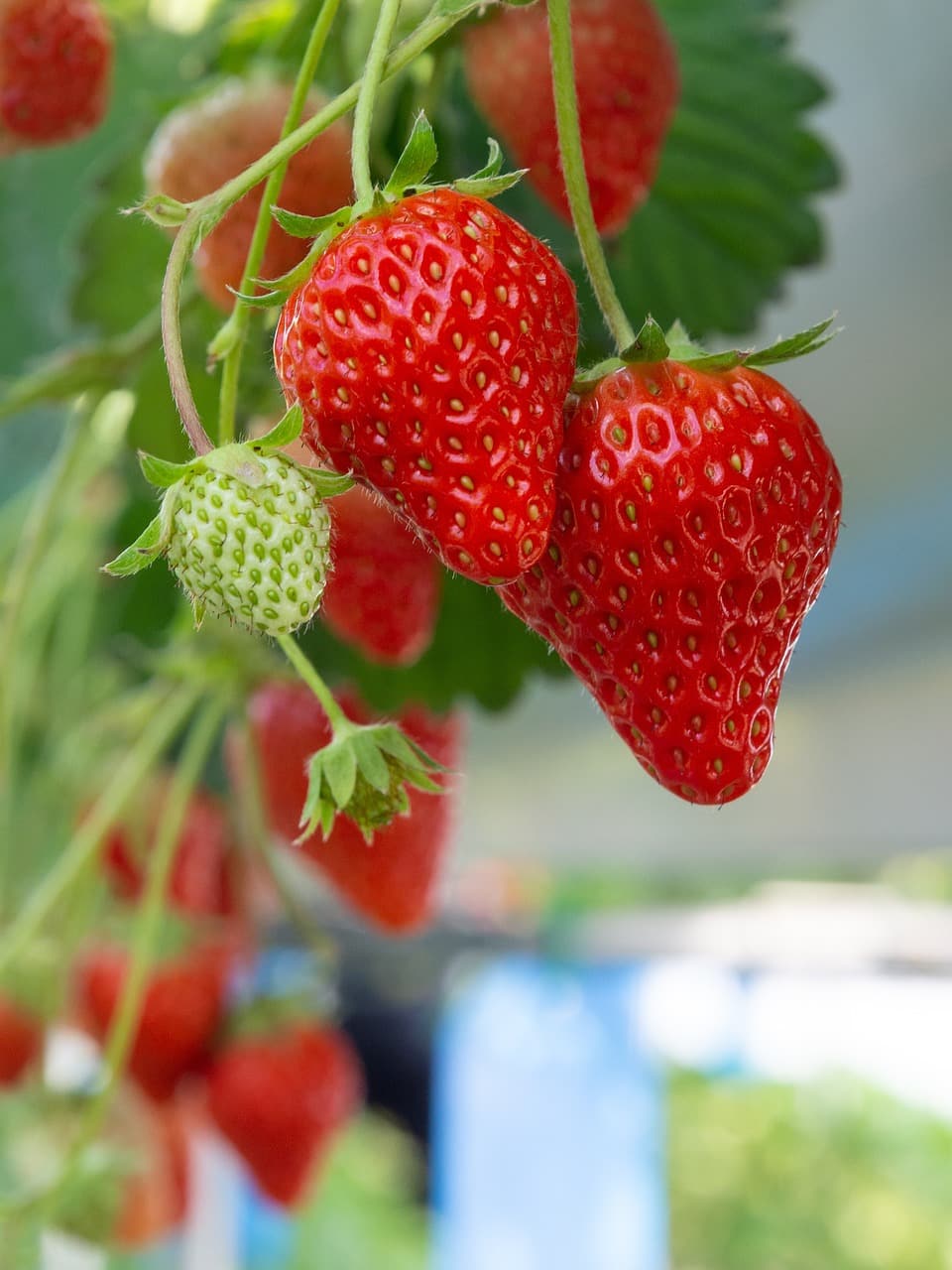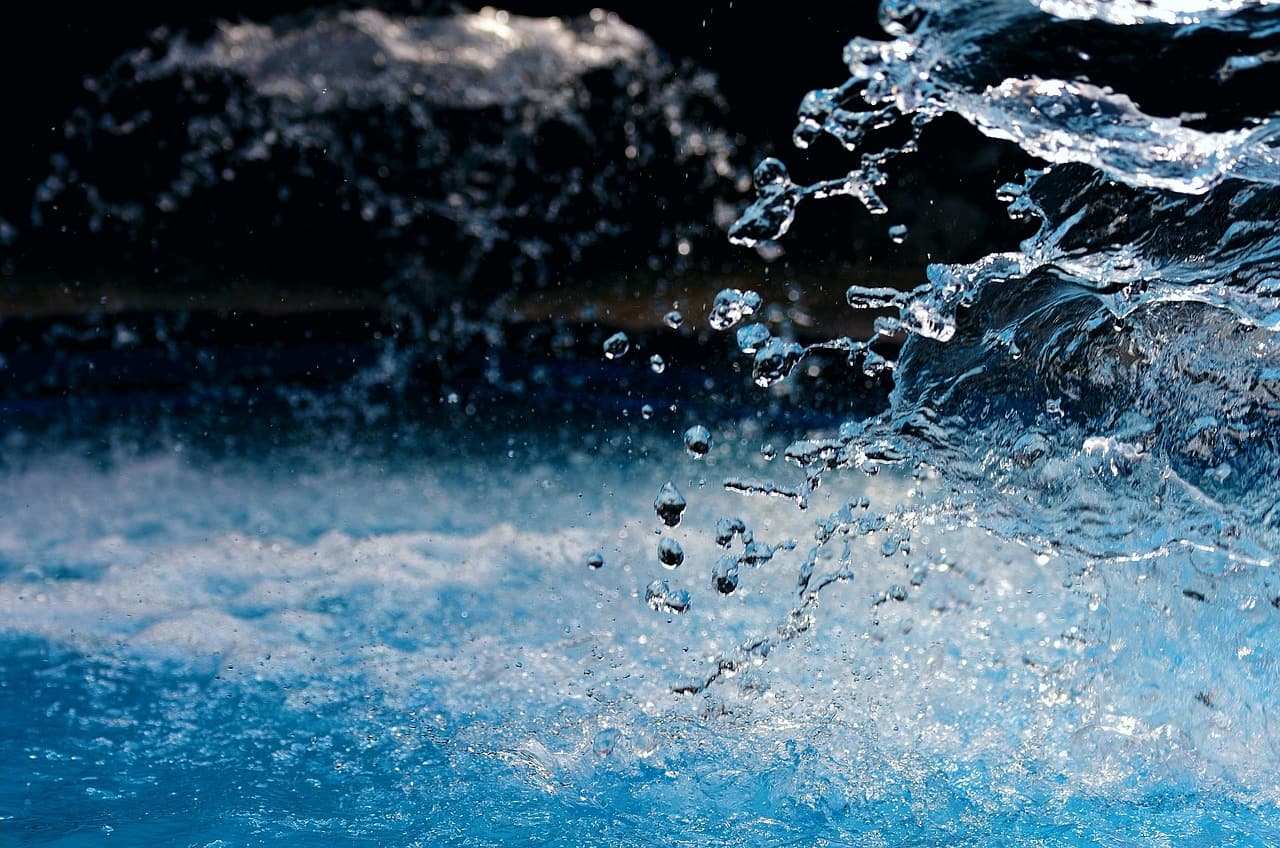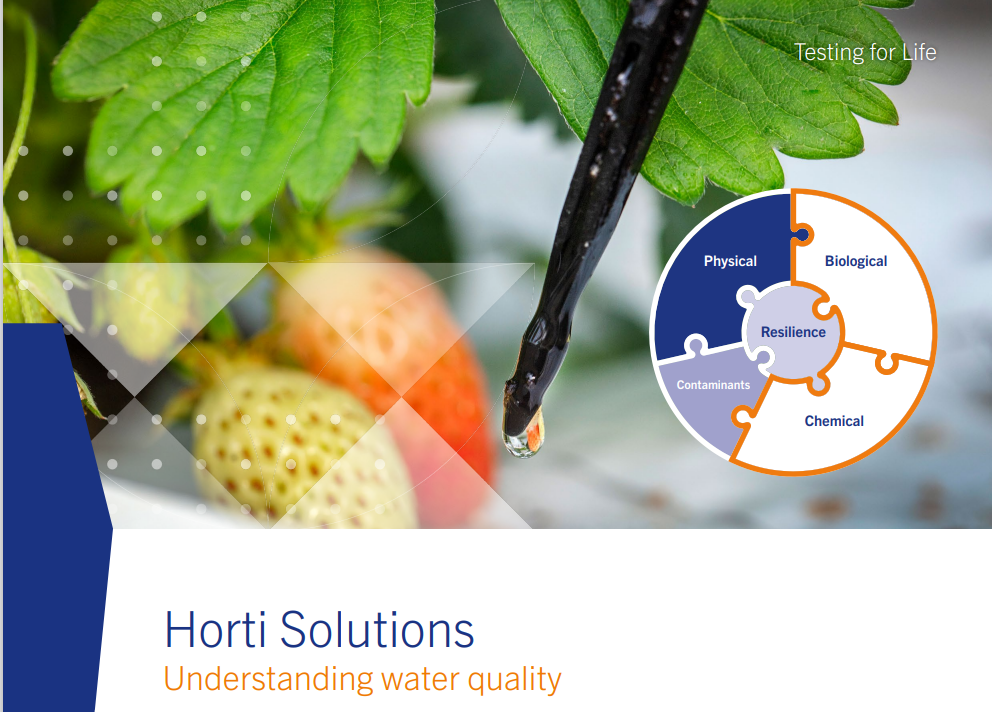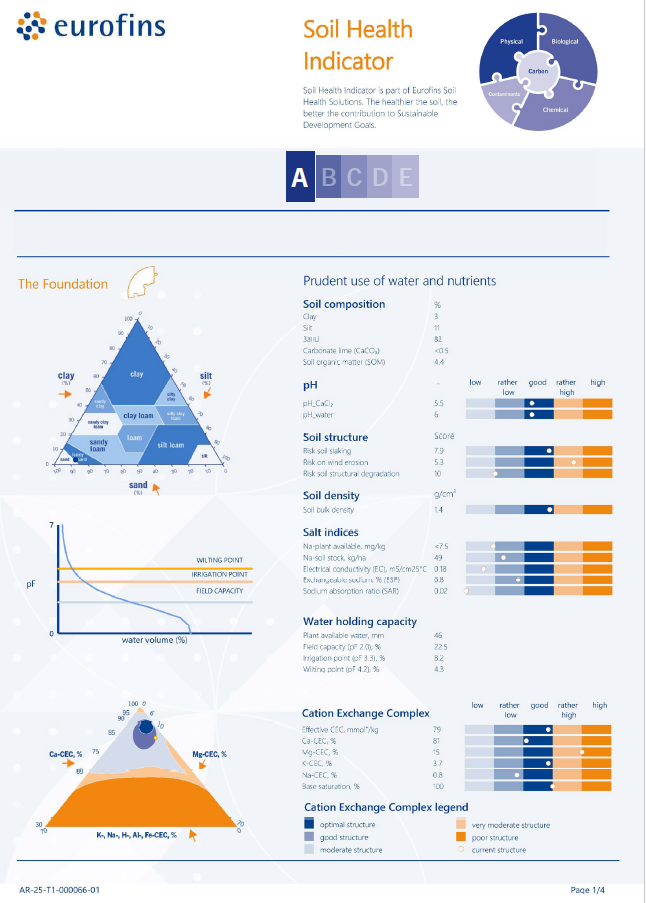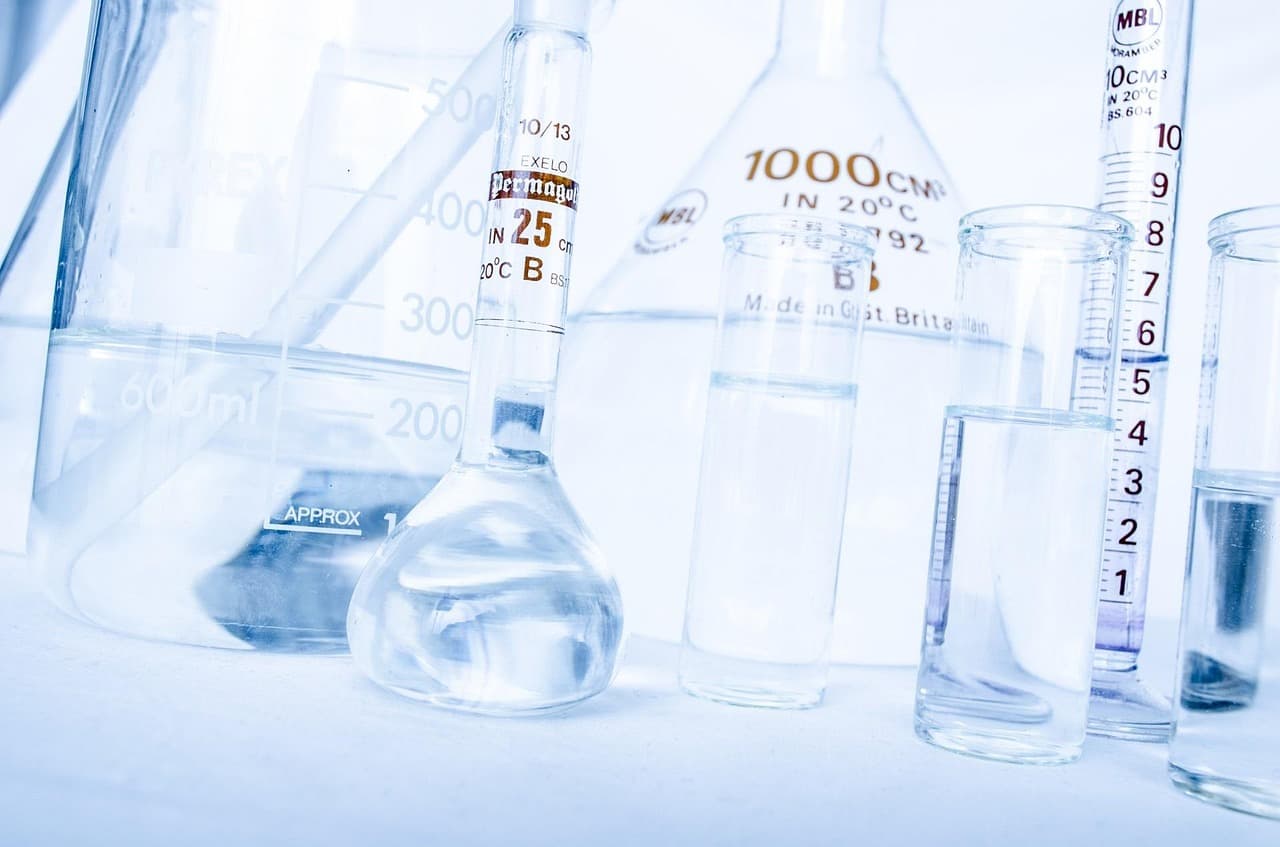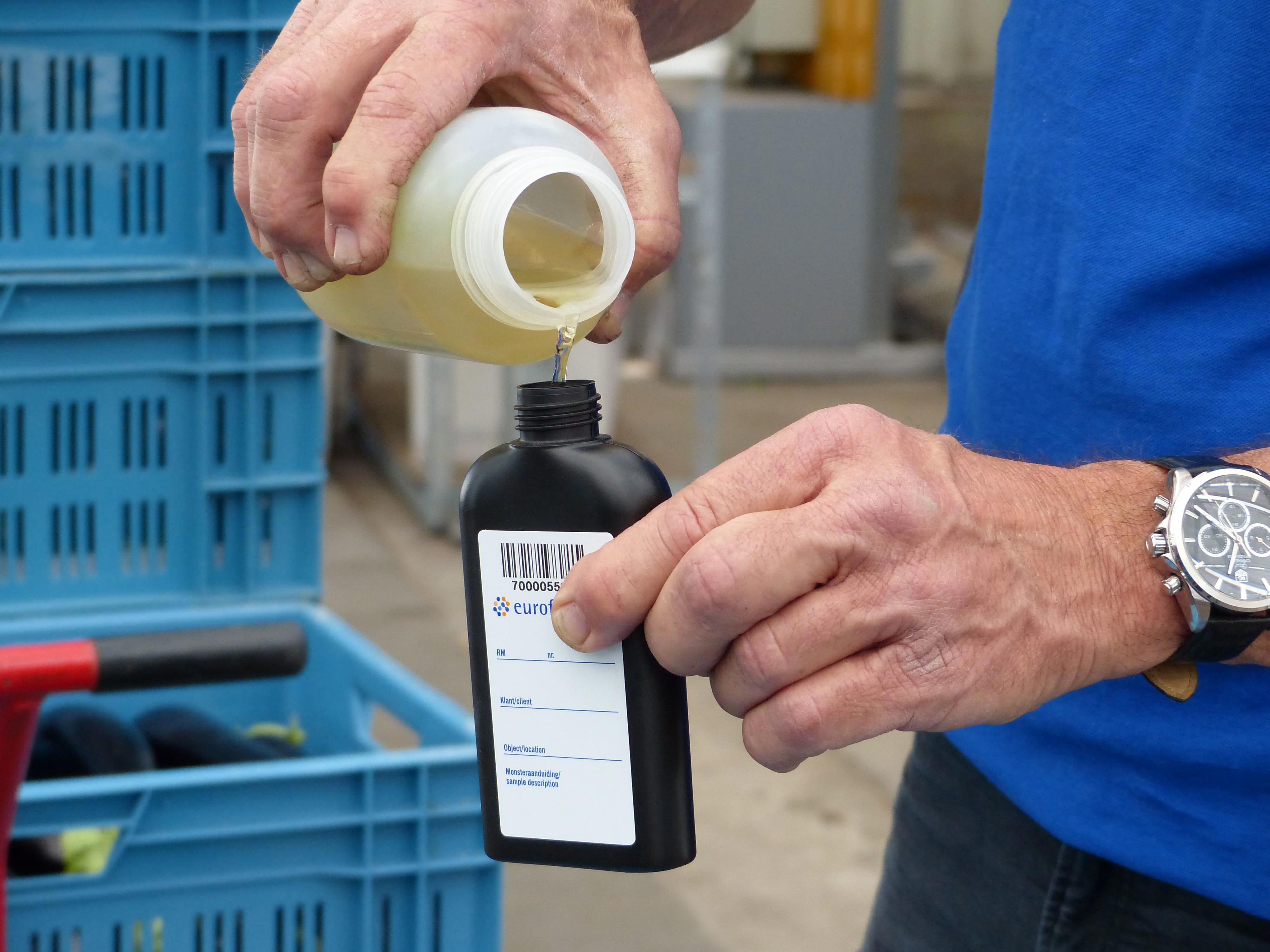Water analysis
Chemical composition of water
For all crops, irrigation water should contain limited amounts of sodium and chlorine. In addition, the EC should not be too high. Damage thresholds depend on the crop, growing medium, etc.
If recirculation is used, harmful substances can accumulate in the water. In addition, drippers should not be blocked by contamination, and pathogens such as bacteria, fungi and viruses should not be (re)circulated.
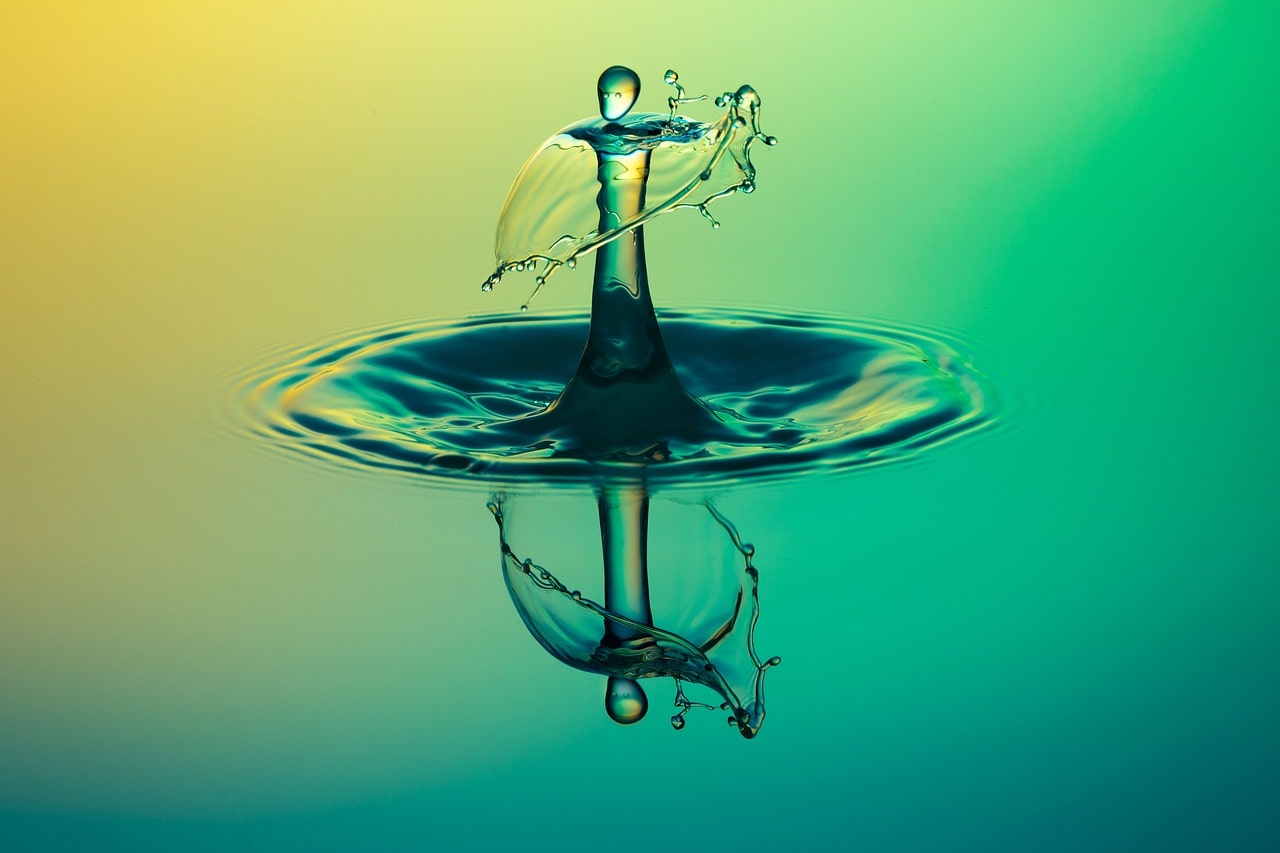
Record water quality by analysing:
the initial water in the tank, osmosis water, surface water, tap water
the nutrient solution and drain water (to fine-tune fertilisation)
the operation of the disinfection system (ozone, UV, etc.).
Basic chemical water analyses consists of the following parameters:
>> pH, EC, NH4, K, Na, Ca, Mg, NO3, Cl, S, HCO3, P, Fe, Mn, Zn, B, Cu, Mo, Si.
>> Depending on the purpose of use additional parameters are available.
Chemical Analyses
|
Drain-/slabwaterCheck |
Basic analysis |
| DripwaterCheck | Basic analysis |
| BasicwaterCheck | Basic analysis + total and temporary hardness of water |
| WellwaterCheck | Basic analysis, Fe-total + total and temporary hardness of water. Additional: N-area, Al, F |
| PurificationCheck | Waste water analyses and broad pesticide analysis |
| Methane | CH4 in well water |
| Heavy metals | Cr, Ni, Cu, Zn, As, Cd, Hg, Pb, Al, Ba, Co, Mo |
Biological analyses
|
DisinfectorCheck |
Before and after disinfector: bacteria and fungi number |
| DNA Multiscan | Common plant pathogens |
| PlantDoctor | Virus, fungi and bacteria |
| Human pathogens | E. coli, coliformen, enterococcen |
| Soil Life Monitor | Microbial biomass, total bacteria, gram+ bacteria, gram- bacteria, actinomycetes, total fungi, arbuscular mycorrhiza, protozoa, fungus-to-bacteria ratio, gram+/gram- ratio, Shannon-Wiener index |
| Microbiome | Analysis of all known fungi and bacteria via DNA NGS technique |
Method
Eurofins Agro analyses samples according to prescribed and established methods. The analysis report briefly describes the method. Here you can also see which method has been accredited by the Accreditation Council. We then put a Q after the method.
In the document “Methoden Horticulture onderzoek” (in Dutch) you will find a detailed description of the methods. This document supplements the information on the analysis report.

